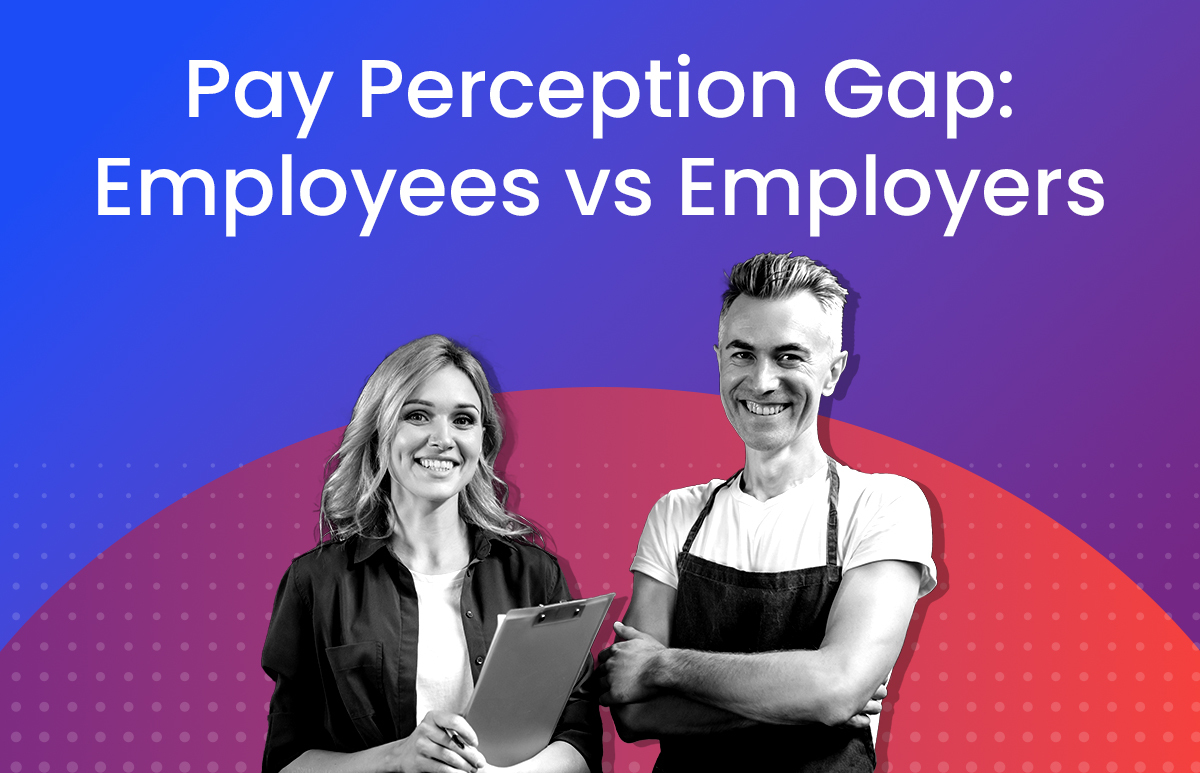STP Phase 2 Explained: Everything Employers Need to Know
Single Touch Payroll (STP) was introduced in 2018 to support real-time digital interactions between employers and the Australian Taxation Office (ATO). The system was designed to make it easier for employers to provide mandatory payroll-related information to the ATO.
A second phase of the STP program was introduced as of 1 January 2022. This ‘STP Phase 2’ requires employers to submit additional information through the STP system on or before each payday. This will allow a wider range of government agencies to leverage the STP infrastructure to receive the payroll data that employers provide.
These changes are designed to ease the burden on businesses that need to report to multiple government agencies and support the administration of the social security system.
So, what do the new reporting requirements of STP Phase 2 mean for employers? And what key changes does it bring compared to STP Phase 1?
Changes related to STP Phase 2
The main change with STP Phase 2 extends to Services Australia, the agency that handles social services like Centrelink, Medicare, and Child Support. Services Australia will receive information through STP to streamline the processing of customer benefit claims. This will reduce the need to contact customers to gather and verify information, leading to a more smooth and efficient process for all involved.
In regard to the ATO, under STP Phase 2 employers are no longer required to submit Tax File Number (TFN) declarations to the ATO.
STP Phase 2 also removes the need to send employees a separate letter when making lump sum E payments advising the dates the back payments relate to.
This means additional reporting requirements however, most of the necessary information is already being captured through your current software.
How is STP Phase 2 different from Phase 1?
STP Phase 1 required employers to use payroll software that could report payments to employees and directors for salaries, fees, return to work, unused leave, and parental leave. Phase 2 requires employers to provide the following extra data in their payroll file:
Breaking down payments
The ATO requires a breakdown or ‘disaggregation of the gross’ amount paid to your employees. This means separately reporting paid leave, allowances, overtime, bonuses and commissions, director’s fees, and more.
Employment and taxation conditions
Employers manage and report employee information in a number of ways. This includes information about the basis of their employment, their TFN declarations, and information around why and when they leave. With all this information lodged through STP, the ATO suggests that this will significantly streamline lodgement. For example, employers are now required to report reasons for employee termination via STP, eliminating the separate need to issue an employee separation certificate.
Income stream collection
The ATO requires that each payment made to employees (except deductions, super entitlements and reportable fringe benefits) are grouped by income type, which is identified by a three letter code. There are almost a dozen different income types including closely held payees (people related to the employer). Employers may also be required to identify the country code of employees engaged under some of these income types, like Working Holiday Makers.
Child support garnishees and deductions
The reporting of these payments with each pay event under STP Phase 2 is voluntary. Choosing to report these amounts does remove the need for employers to report them separately to the Child Support Registrar.
What are the benefits of STP Phase 2?
The changes brought about by STP Phase 2 are beneficial to both employers and employees. On the employer end, STP Phase 2 means you will provide information once through STP, rather than having to make multiple manual reports to a range of government agencies. All reporting requirements are streamlined through a single channel. This also ensures more accurate payroll data, greater confidence in tax calculation on employee wages, and cost-savings when transitioning between payroll systems.
For your employees, STP Phase 2 allows real-time visibility on earnings and income changes through MyGov. It improves clarity over their allowances, indicating where they may be eligible for tax deductions, and enhances the timeliness and accuracy of third-party payments. The increased reporting requirements ensure that payroll data is more accurate and that the ATO is better equipped to assist employees when filing tax returns.
Finally, it means employees don’t have to rely as heavily on their employers to pass critical information on to third-party agencies like Service Australia.
ELMO can help you stay up to date with legislation using our STP Phase 2–compliant software ELMO Payroll.
ELMO Software is a cloud-based solution that helps thousands of organisations across Australia, New Zealand and the United Kingdom to effectively manage their people, process and pay. ELMO solutions span the entire employee lifecycle from ‘hire to retire’. They can be used together or stand-alone, and are configurable according to an organisation’s unique processes and workflows. Automate and streamline your operations to reduce costs, increase efficiency and bolster productivity. For further information, contact us.
 HR Core
HR Core 









